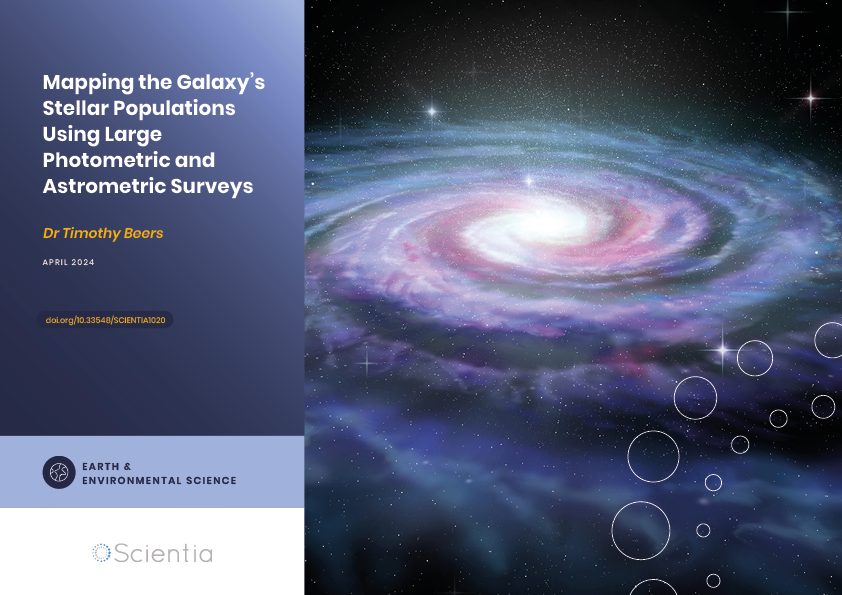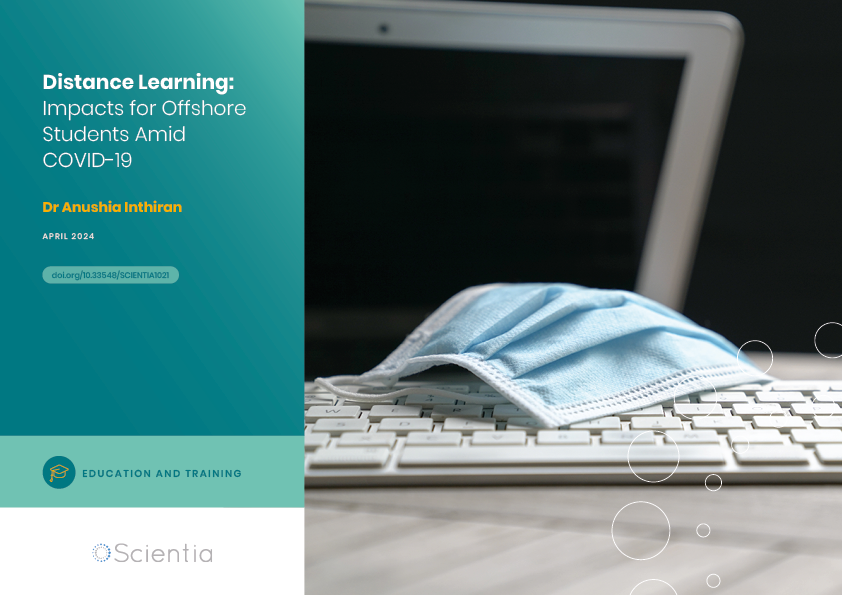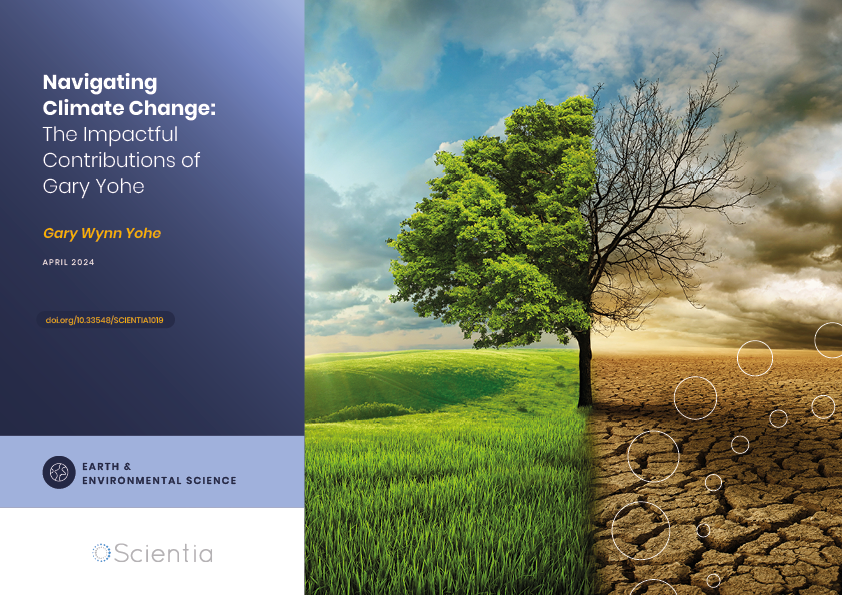Professor Andrew Whiten – The New Science of Animal Culture, Conservation and Welfare
An abundance of evidence converges to suggest that humans are not the only species to create culture. Field and laboratory studies in animals have demonstrated that social learning and the transmission of the traditions that make up a culture can be found across many different species including primates, birds, fish and even insects, and in many different contexts. Professor Andrew Whiten at the University of St Andrews and his extensive network of collaborators are pioneering conceptual and methodological frameworks to promote the conservation and welfare of animals from a scientifically rigorous perspective.
Culture: A Uniquely Human Characteristic?
Culture has such a profound impact on our lives that it even shapes our understanding of what it means to be human. From foraging techniques and language to science and religion, our complex cultures reflect the social learning we garner from others and the transmission of traditions through generations. But is culture really a uniquely human characteristic? Research over the past 70 years has accumulated to suggest that, contrary to long-standing belief, humans are not the only animals to create cultures that spread across populations and generations.
As early as in the 1940s, UK blue tits and great tits were observed tearing open aluminium seals on milk bottles to syphon off the cream inside. This behaviour, first spotted in only a very small number of birds, eventually spread to entire tit populations across the country. Not long after, Japanese macaque monkeys on Koshima islet were observed slowly but surely taking up the washing of sand-covered sweet potatoes in water before eating, adopting the behaviour first observed by researchers in a young female named Imo. Finally, evidence in support of vocal cultures in animals arose through the identification of regional dialects in male sparrows in the wild, acquired in around the first 100 days of life. Laboratory experiments confirmed that many songbirds need to learn their songs from the previous generation.
These early but compelling observations were followed by further evidence that culture achieved through social learning and the transmission of traditions can be found across many different species including primates, birds, fish and insects in both naturalistic (wild) and laboratory settings. Research with chimpanzees has been particularly influential, with demonstrations of multiple cultural traditions – such as tool use, grooming and foraging techniques – being found to have distinct features transmitted to others over time.
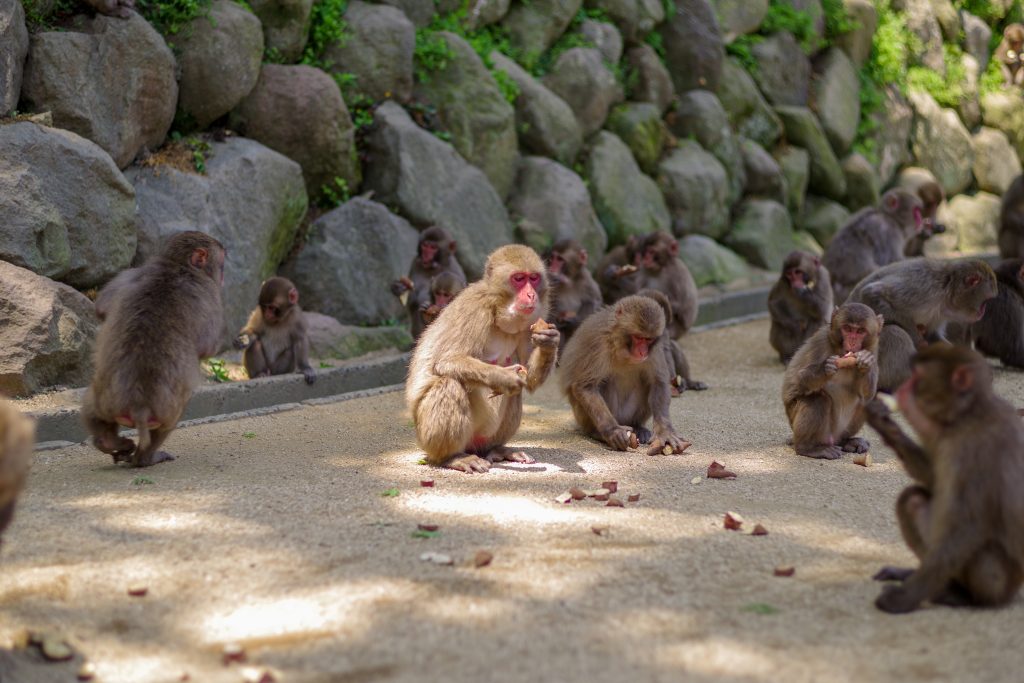
Social Learning: From Mothers and Others
In a review article published in 2018 by Professor Andrew Whiten (University of St Andrews) and Professor Erica van de Waal (University of Lausanne), three main phases of social learning were identified in the lives of many primates.
The first describes the learning acquired by infant primates from their primary caregiver, usually their mother. In the main, primate mothers carry and breastfeed their infants for the first months (in apes, years) of life, and these maternal interactions provide many opportunities for social learning. The researchers cite the experimental example of groups of wild vervet monkeys fed corn dyed either pink or blue, with one colour having an additive making it too bitter to eat. Although young suckling monkeys were too young to eat the corn at this time, when presented the dyed corn four months later when they were weaning – with neither colour now containing the bitter additive – all the young monkeys ate only the colour chosen by their mother, indicating social learning of food preference.
In the second stage, young primates extend their repertoire of social learning beyond that provided by their mother to others within their widening social circle, further expanding their knowledge and skills. In a decade-long study of brown capuchin monkeys and their use of stones to crack open hard-shelled nuts, younger capuchins were found to preferentially observe older monkeys with the greatest expertise, enhancing their social learning of this all-important skill.
Finally, the third stage, dispersal, occurs when a new group member engages in social learning of the dynamics and knowledge of the group they have joined. Returning to the study of wild vervet monkeys and the dyed corn described above, the same researchers observed that new males to the group were quick to adopt the food preference (i.e., the colour of corn) of the new group, even when this was contrary to the preference in the previous group from which they came.

The evolution of swamp sparrow song in a 30-year study. From Annual Review of Ecology, Evolution, and Systematics, 2019, with permission.
The Cognitive Underpinnings of Social Learning
Social learning and cultural transmission require sufficient cognitive capacity – that is, the capability to undertake the mental actions and processes that lead to knowledge and understanding. Social learning takes differing forms across different species, and these vary significantly in complexity and thus, cognitive underpinnings.
At the simpler end of the spectrum, there is associative learning, in which a new response becomes associated with a particular stimulus. For example, bumblebees who observe either trained or artificial bees foraging from either orange or green flowers later demonstrate the same preference. This type of learning may be the most common across many animal species.
The copying of complex behavioural routines occurs at the opposite end of the spectrum. Termite fishing by chimpanzees is a relatively complicated behaviour, requiring a number of steps including the selection of a suitable tool (e.g., a stick or blade) to extract the insects from the termite mound or subterranean chambers. Although a behaviour found in several different chimpanzee communities, researchers have identified many distinct local actions used for termite fishing in different communities, indicating cultural diversity. Similarly, recent research has shown that groups of whales and dolphins have specific and unique vocal repertoires, food preferences and other behaviours.
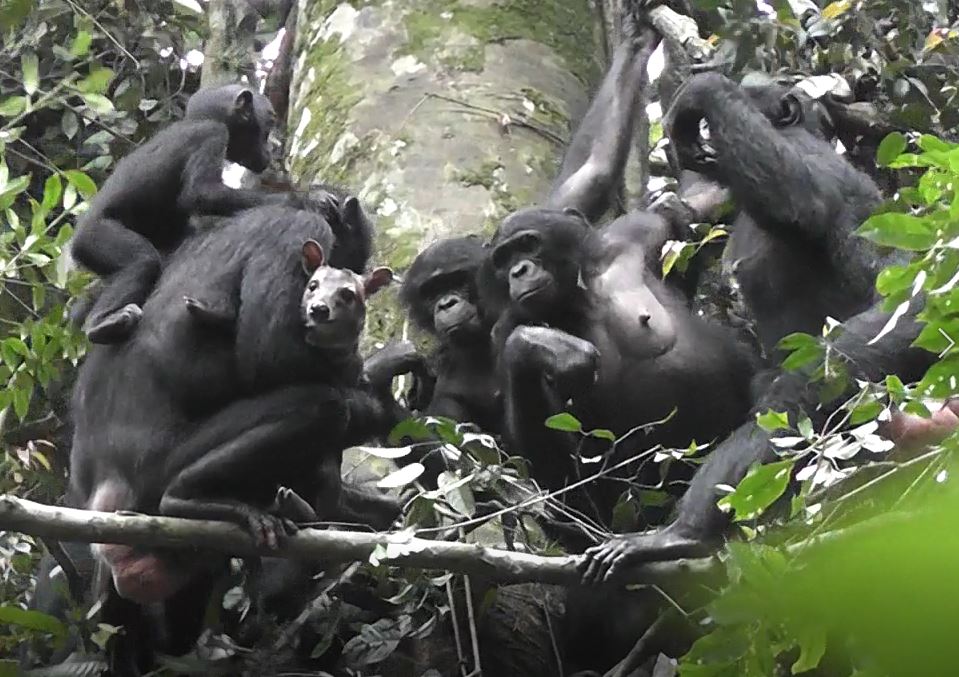
Credit: Kokolopori Bonobo Research Project
Implications for Conservation
The protection of biodiversity – the rich biological variety and variability of life on Earth – is a key aim of conservation. As such, efforts are typically geared towards sustaining natural populations of wild species, taking into account the genetic, ecological and demographic risk factors for their demise. Until recently, this involved little consideration of social learning and culture.
Supported by the wealth of scientific evidence illustrating social learning and culture across a wide and diverse range of species, leaders in the study of animal behaviour are now calling for this knowledge to be applied to the development of conservation priorities and practice. In a significant step forward led by Dr Philippa Brakes, the importance of animal culture was recently brought to the fore by the Convention on the Conservation of Migratory Species of Wild Animals, an environmental treaty which operates under the aegis of the United Nations Environment Programme.
Researchers point to the distinct role that social learning plays in the transmission of behaviours – and also note the rapid speed at which this can be observed (intra-generationally) in contrast to behaviours that are genetically inherited (between generations). Furthermore, the breadth of behaviours associated with social learning, including foraging, migration routes and mate choice, can all be critical to conservation efforts. Finally, when social learning gives rise to the transmission of information through groups, this can lead to culturally specific behaviours that are sustained both over time and through generations. These are also of conservation value, not least because the transmission of locally specific knowledge and behaviours increases the likelihood of survival for populations at risk.
We are still some way off from truly embedding our understanding of animal social learning and culture into conservation policy and practice. To achieve this, much closer collaborations are required between scientists and conservation policy-makers and practitioners, driven forward within the context of appropriate conceptual and methodological frameworks.
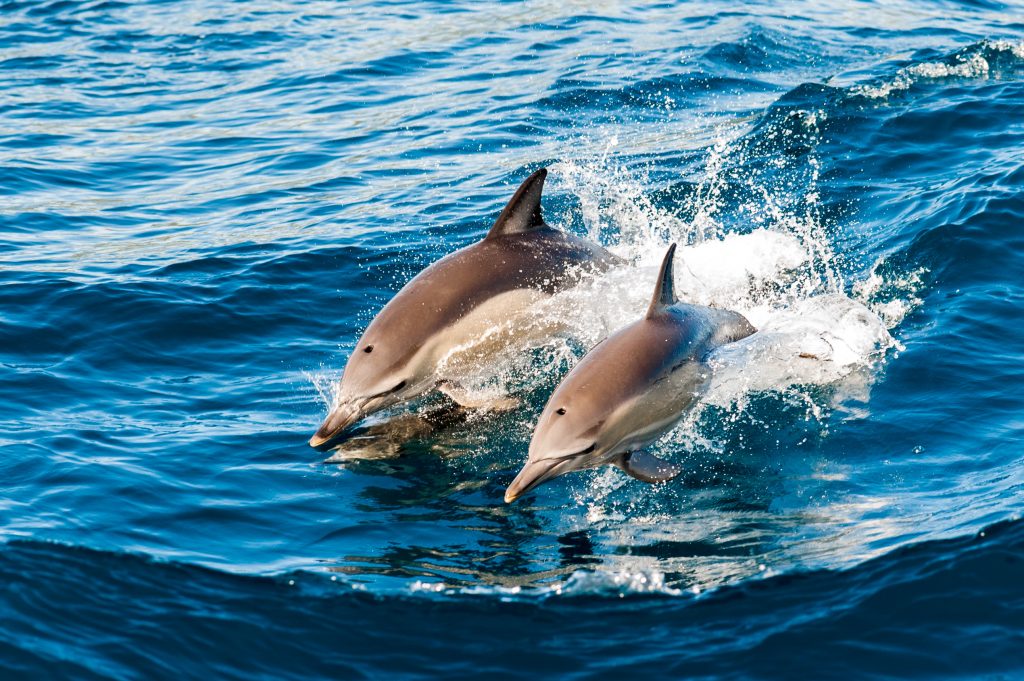
Implications for Animal Welfare
Learning, including social learning, allows animals to maximise their health, longevity, and reproductive success. While the benefits of this are readily apparent for animals in the wild, what about those kept in captivity? Dr Lydia Hopper (Johns Hopkins University) takes a particular interest in utilising recent advances in our understanding of social learning and culture in animals to improve the care and welfare of those in captivity. For captive animals, opportunities for learning can be cognitively enriching, conferring welfare benefits. Additionally, captive animals are typically exposed to a vast array of social information from different sources, including their cage mates, other animals housed nearby, and also humans, providing multifaceted opportunities for social learning.
Among many uses, social learning can be employed to enhance socialisation with others. One study in chimpanzees demonstrated that their tendency towards food sharing could be increased by partnering one chimpanzee with another that shared food with them. Afterwards, the chimpanzee who had been the recipient of the shared food was more likely to share their own food with others. More harmonious social environments within groups of marmoset monkeys have also been created by allowing them to ‘overhear’ positive vocalisations made by individuals in neighbouring enclosures, thus fostering positive cultural norms.
In addition to socialisation, enrichment of the environments of captive animals is fundamental to promoting good welfare, and here, social learning again provides a valuable tool. For example, when part of a social group, many animals are more likely to explore novel spaces, eat novel food and engage with novel stimuli (e.g., unfamiliar veterinary equipment) meaning that presentation to social groups rather than individuals is likely to be more successful in social species. Relatedly, social learning in this form has the potential to maximise training efforts, allowing animals to participate in procedures such as those required for husbandry or research with minimal stress and intervention.
Such applications are not limited to animals living in captive settings. Researchers have proposed ways in which studying what and how animals socially learn can strengthen our understanding of wild animals’ welfare, promote the maintenance of key behaviours, and mitigate negative human-animal interactions. Like captive animals, many wild animals are exposed to anthropogenic stressors. Seeking a comprehensive picture of the various social influences that animals experience will be key to enhancing the ways we care for and conserve animals across settings.
Building on Scientific Foundations
Over the last 70 years, our knowledge and insight into the social learning and cultures of animals have expanded exponentially. We can no longer consider culture to be a uniquely human characteristic. But equally importantly, these scientific advances can now be used to propel and expand conservation efforts of animals in the wild, and to improve the management and welfare of animals, both in captivity and in the wild.
Reference
https://doi.org/10.33548/SCIENTIA719
Meet the researchers
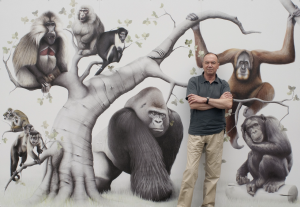
Professor Andrew Whiten
School of Psychology & Neuroscience
University of St Andrews
St Andrews
UK
Andrew Whiten has played a leading role in developing the field of animal culture, particularly in primatology. He collaborated with Phillipa Brakes and colleagues in advancing policies linking animal culture and conservation and Lydia Hopper completed her PhD under his supervision. Professor Whiten completed his PhD in animal behaviour at the University of Bristol in 1972 followed by a Research Fellowship at the University of Oxford. He was appointed Lecturer in Psychology at the University of St Andrews in 1975 and later a Reader and Professor. He was promoted to a distinguished Wardlaw Professorship in 2001 and is now Emeritus Wardlaw Professor. Over the course of his career, Professor Whiten has been instrumental in establishing the Centre for Social Learning and Cognitive Evolution (Founding Director 2003–2016) and the ‘Living Links to Human Evolution’ Primate Research Centre (Founding Director 2008–2015). An elected Fellow of the Royal Society of Edinburgh, British Academy and international Cognitive Science Society, he has been the recipient of a multitude of awards, including the Delwart International Scientific Prize (2001), Rivers Memorial Medal (2007), Osman Hill Medal (2010) and Sir James Black Medal (2014)., Professor Whiten is the first scientist to be awarded both the Royal Society of Edinburgh Senior Prize and Medal in Life Sciences and Senior Prize and Medal for Public Engagement.
CONTACT
E: a.whiten@st-andrews.ac.uk
KEY COLLABORATORS
Christophe Boesch (Max Planck Institute for Evolutionary Anthropology)
Philippa Brakes (Exeter University)
Emily Burdett (University of Nottingham)
Christine Caldwell (University of Stirling)
Nicolas Claidiere (Centre National de la Recherche Scientifique)
Frans de Waal (Emory University)
Sarah Davis (University of St Andrews)
David Erdal (University of St Andrews)
Emma Flynn (University of Belfast)
Jane Goodall (Jane Goodall Institute)
Rachel Harrison (University of Lausanne)
Lydia Hopper (Johns Hopkins University)
Kevin Laland (University of St Andrews)
Nicola McGuigan (University of West of Scotland)
Bill McGrew (University of St Andrews)
Sarah Marshall-Pescini (University of Vienna)
Alex Mesoudi (University of Essex)
Mark Nielsen (University of Queensland)
Luke Rendell (University of St Andrews)
Christian Rutz (University of St Andrews)
Erica van de Waal (University of Lausanne)
Carel van Schaik (University of Zurich)
Gillian Vale (University of Texas)
Stuart Watson (University of Zurich)
Hal Whitehead (Dalhousie University)
FUNDING
Biotechnology and Biological Sciences Research Council
British Academy
Economic and Social Research Council
Swiss National Science Foundation
John Templeton Foundation
Royal Society
Royal Zoological Society of Scotland
Leverhulme Trust
Wellcome Trust
FURTHER READING AND RESOURCES
A Whiten, The burgeoning reach of animal culture, Science, 2021, 372(6537), eabe6514.
LM Hopper, Leveraging Social Learning to Enhance Captive Animal Care and Welfare, Journal of Zoological and Botanical Gardens, 2021, 2(1), 21–40.
P Brakes, et al., A deepening understanding of animal culture suggests lessons for conservation, Proceedings, Biological Sciences, 2020, 288(1949), 2718.
P Brakes, SRX Dall, LM Aplin, et al., Animal cultures matter for conservation, Science, 2019, 363, 1032–1034.
H Whitehead, et al., The reach of gene-culture coevolution in animals, Nature Communications, 2019, 10, 2405.
A Whiten, Social learning and culture in child and chimpanzee, Annual Review of Psychology, 2017, 68, 129–154.
‘Animal Cultures: Core findings and New Horizons’, an online lecture series: https://learn.culturalevolutionsociety.org/
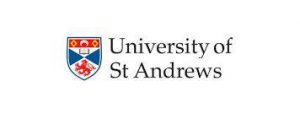
Want to republish our articles?
We encourage all formats of sharing and republishing of our articles. Whether you want to host on your website, publication or blog, we welcome this. Find out more
Creative Commons Licence
(CC BY 4.0)
This work is licensed under a Creative Commons Attribution 4.0 International License. 
What does this mean?
Share: You can copy and redistribute the material in any medium or format
Adapt: You can change, and build upon the material for any purpose, even commercially.
Credit: You must give appropriate credit, provide a link to the license, and indicate if changes were made.
More articles you may like
Dr Timothy Beers | Mapping the Galaxy’s Stellar Populations Using Large Photometric and Astrometric Surveys
Astronomers often use spectroscopic (electromagnetic radiation) data and astrometric (motion and positional) data to develop working models describing our Galaxy. Dr Timothy Beers from the University of Notre Dame and his collaborators in Korea and China combined large photometric (visible light) surveys and astrometric data to create multidimensional maps of a large part of the Galaxy. By highlighting significant inhomogeneities in stellar-chemical compositions, motions, and spatial distributions, Dr Beers and his colleagues provide valuable insights into how we can advance our understanding of the formation and evolution of our Galaxy.
Dr Anushia Inthiran | Distance Learning: Impacts for Offshore Students Amid COVID-19
The COVID-19 pandemic significantly disrupted global education and necessitated a shift to online learning. Due to ongoing border closures, even after the pandemic eased, offshore students were prevented from attending their university in person long after their local peers, impacting their learning ability and future perspectives. Dr Anushia Inthiran from the University of Canterbury conducted a survey among a group of offshore students to understand the consequences of distance learning on their education.
Dr Sébastien Weber | PyMoDAQ: Navigating the Future of Data Acquisition
In an era where data is paramount, Dr Sébastien Weber and his team at CNRS, the French National Centre for Scientific Research, are changing the landscape for scientists and engineers with PyMoDAQ, an open-source data acquisition software. Their revolutionary tool stands out for its accessibility, versatility, and the thriving community it fosters.
Professor Gary Yohe | Navigating Climate Change: The Impactful Contributions of Gary Yohe
Professor Gary Yohe is a distinguished environmental economist whose work has been pivotal in shaping our understanding of climate change impacts, adaptation strategies, and policy frameworks. His interdisciplinary approach combines economics with environmental science, offering nuanced insights into global warming and its multifaceted impacts on natural and human systems. Professor Yohe equips us with the knowledge and strategies needed to navigate the complex and pressing challenges posed by climate change.

